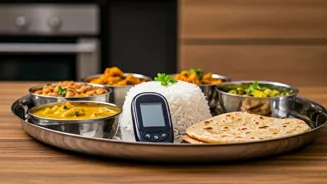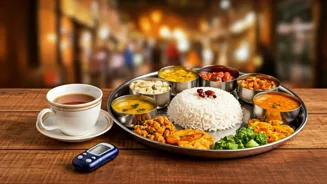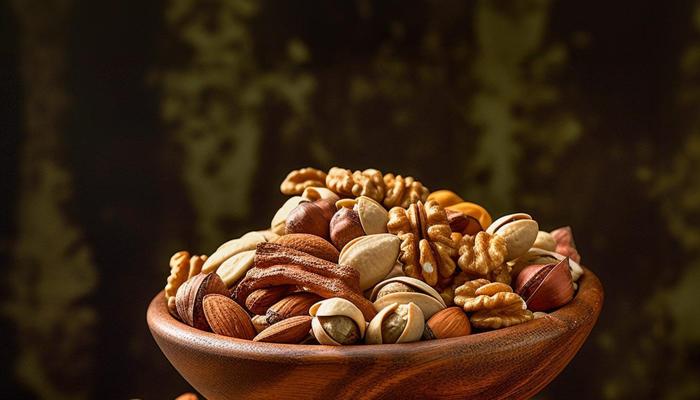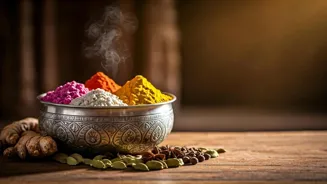Understanding blood sugar is crucial for good health, especially in India. This guide highlights common pitfalls in blood sugar testing and offers solutions.
Testing: Common Errors
Many Indians make errors during blood sugar testing. For example, testing without washing hands, incorrect meter calibration or improper storage of strips can skew results. Understanding these common mistakes is essential for accurate readings and effective management. Always consult your doctor for guidance.
Interpreting Your Results
Blood sugar readings vary throughout the day, influenced by meals and activity levels. Recognizing these fluctuations is key. High readings can indicate hyperglycemia, and low readings hypoglycemia. A doctor's advice is always best for understanding and managing your specific case.
Dietary Considerations
Diet plays a vital role in blood sugar management. Indian cuisine, with its rich carbs, requires careful monitoring. Portion control, opting for complex carbs over simple ones, and incorporating fiber-rich foods like dal and vegetables can help stabilize glucose levels. Consulting a dietitian is recommended.
Insulin and Medication
If prescribed insulin or other medications, taking them correctly is non-negotiable. Following your doctor's instructions precisely, and being aware of potential side effects can make a big difference. Never adjust dosages without medical advice. Injections require proper technique.
Lifestyle Adjustments
Beyond diet and medication, lifestyle matters. Regular physical activity, like a brisk walk or yoga, can improve insulin sensitivity and lower blood sugar levels. Managing stress through practices like meditation is also beneficial for overall health and well-being in the Indian context.








